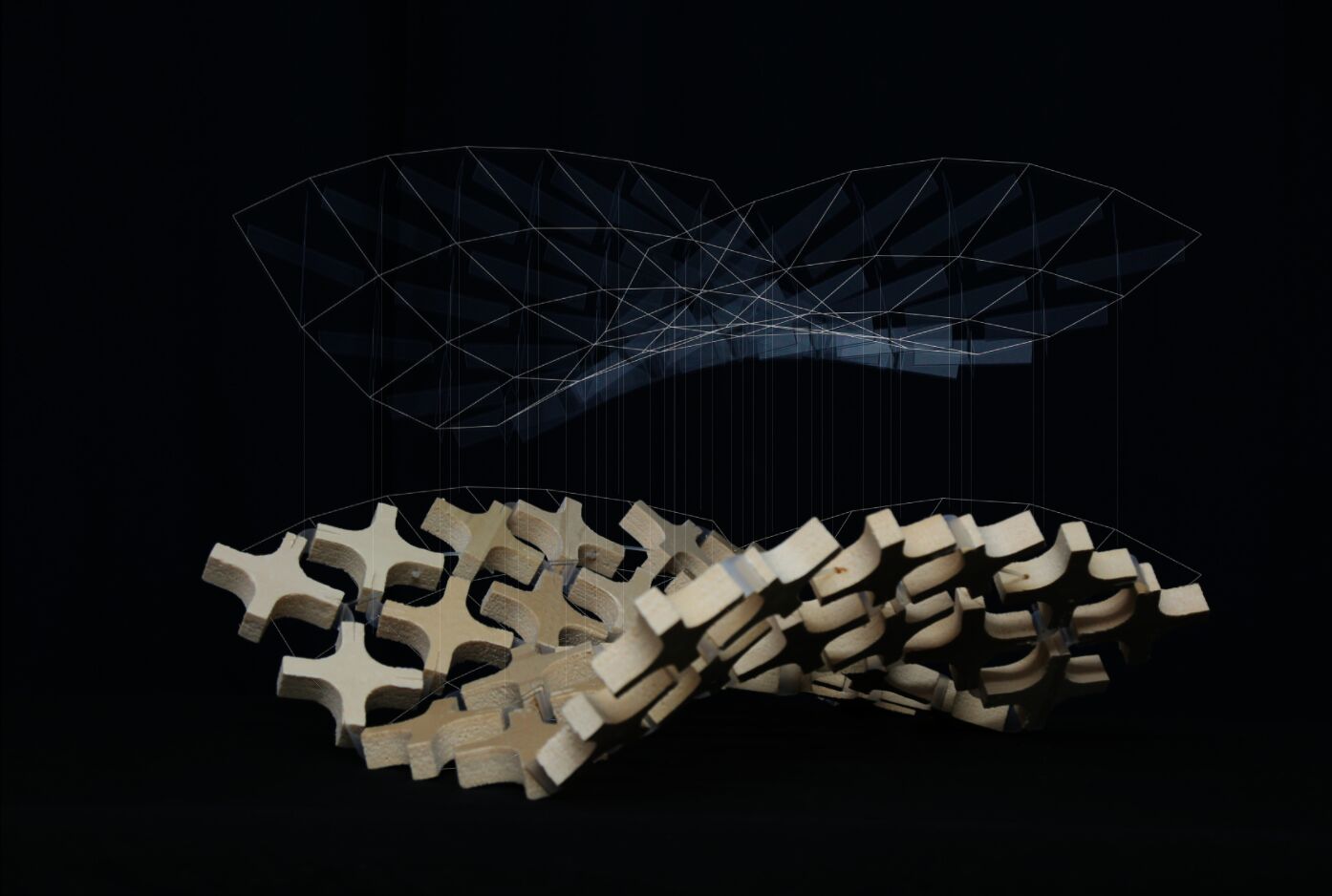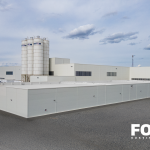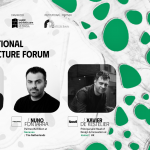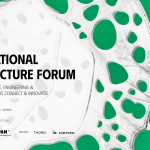IAAC Exhibition: “Digital Matter and Intelligent Construction” at SHARE X – Conference for Advanced Architecture
The Institute for Advanced Architecture of Catalonia (IAAC), an international center for Education, Fabrication, and Research dedicated to the development of architecture and technology, will have a dedicated exhibition at SHARE X – Conference for Advanced Architecture.
Titled “Digital Matter and Intelligent Construction”, its aim is to reunite displayed projects from the Institute for Advanced Architecture of Catalonia as well as promote innovative products and technologies as an incentive for the Romanian architectural community to experiment and grow.
More than 15 models of the work and research of different themes and teams will be exhibited at the IAAC Exhibition “Digital Matter and Intelligent Construction”.
Where the physical space seamlessly intertwines with digital content
Today, we are facing a change in paradigm in the field of Architecture. Information Era Technologies and their impacts on architecture are drastically changing, and their relationship calls for new or adapted concepts, where physical spaces seamlessly intertwining with digital content, and where the language of electronic connections tie in with that of physical connections.
We are consequently moving towards different forms of “habitats”, where architecture is not merely inhabited but also technologically integrated, interactive and evolutionary. If computers were once the size of buildings, buildings are now becoming computers, both in a performative sense, on I/O Communication protocols, and in a programmable sense, at material-molecule nano-scale; even becoming operational thanks to self-learning genetic algorithms.
Should we continue constructing rigid and fixed structures? Or can buildings begin to think?
Nikol Kirova, interdisciplinary architect and researcher at the IAAC, will hold a lecture at SHARE X in Bucharest, on November 14, on a range of novel proposals dealing with active materials, intelligent material systems, and other construction techniques. Five categories of material systems with different themes will be demonstrated:
- Construction with Natural Materials
- Material Optimisation
- Carbon Impact Reduction
- Embedded Material-Based Sensing
- Humidity Reactive Skins
Each category will be discussed by using case studies of research projects developed in the Digital Matter and Intelligent Construction research studio in IAAC ( The Institute for Advanced Architecture of Catalonia).
An Overview of the IAAC Exhibition: Digital Matter and Intelligent Construction
The exhibition will present a range of novel proposals dealing with material and construction systems. “Digital Matter and Intelligent Construction” will include five categories of material systems that deal with various topics:
1. Construction with Natural Materials
Open Thesis Fabrication is a Postgraduate program at IAAC that deals with novel 3D printing techniques from natural materials such as clay, mud, and earth. The exhibition will contain several samples of elements fabricated from a range of natural materials through the use of additive manufacturing processes. Furthermore, two attempts to increase the level of performance and complexity of clay are going to be demonstrated. The first deals with the possibility to improve the thermal performance of clay by creating a composite with Graphene Nano-Platellets.
Additionally, 3D printing allows for the composite to be then functionally-graded and optimized. The second will demonstrate the possibilities to use Mycelium as a living system that reinforces and interconnects with clay and increase its structural performance.
2. Material Optimisation
There is an urgent need for material saving construction methods to lower the amount of construction waste produced every year. Two different projects dealing with this problem will be presented:
‘Metaform’ is proposing a reusable freeform formwork for concrete casting that can be reconfigured to achieve a wide range of geometrical outcomes.
‘Multiscalar Porosity’ is demonstrating a radical approach to incorporate natural materials with programmable porosity. The research is inspired by the structure of the bone. It demonstrated how the material itself can be adjusted to reach minimal waste without compromising its structural integrity with the use of biodegradable composites.
3. Carbon Impact Reduction
Carbon dioxide concentrations are rising as a result of human activity, such as the burning of fossil fuels, agriculture, and construction. Plants are capable of pulling CO2 out of the atmosphere through the process of photosynthesis. However, CO2 is being released at a much faster rate. On the one hand, the ‘Ingeo’ project focuses on the development and optimization of the material system based on modified Ion- Exchange Resin (IER). This material has Carbon Dioxide (CO2) absorbing capabilities and therefore is able to purify the air and cool the atmosphere in our cities.
This material is an active part of a performative architectural skin, geometrically enhanced through computational design optimization. On the other hand, ‘Cast in Carbon’ research showcases an important method to reduce the environmental impact through construction and in particular through optimizing the use of concrete. Biochar has been used as a replacement in various cement-based composites successfully and provided additional properties like thermal insulation, passive cooling and being lightweight.
4. Embedded Material-Based Sensing
With the advancement of active material systems and nanomaterials in architecture, the possibilities of material based intelligence have increased tremendously. We can now fabricate programmable materials that respond and learn from their surroundings. Two projects dealing with embedded material intelligence and sensing will be exhibited: Synapse and Alive. They demonstrate how the functionality of material based-sensing can be achieved through the use of Graphene in both rigid and flexible material systems.
5. Humidity Reactive Skins
Contemporary architectural trends of predominantly glazed facades correspond to the human desire of maximal daylight and transparency inside of their built environment. However, such large glazed areas come along with a large amount of solar radiation which has a major impact on a building’s interior tempering.
Two novel projects will be exhibited as examples of alternative systems that perform, respond and improve comfort. ‘Hydromembrane’ functions as a self-regulating composite system, which effectively balances interior climates to satisfy human comfort criteria regarding humidity, temperature, and air movement. With the material system, ventilation and evaporative cooling are made possible semi-passively in a tensile-structured form.














































